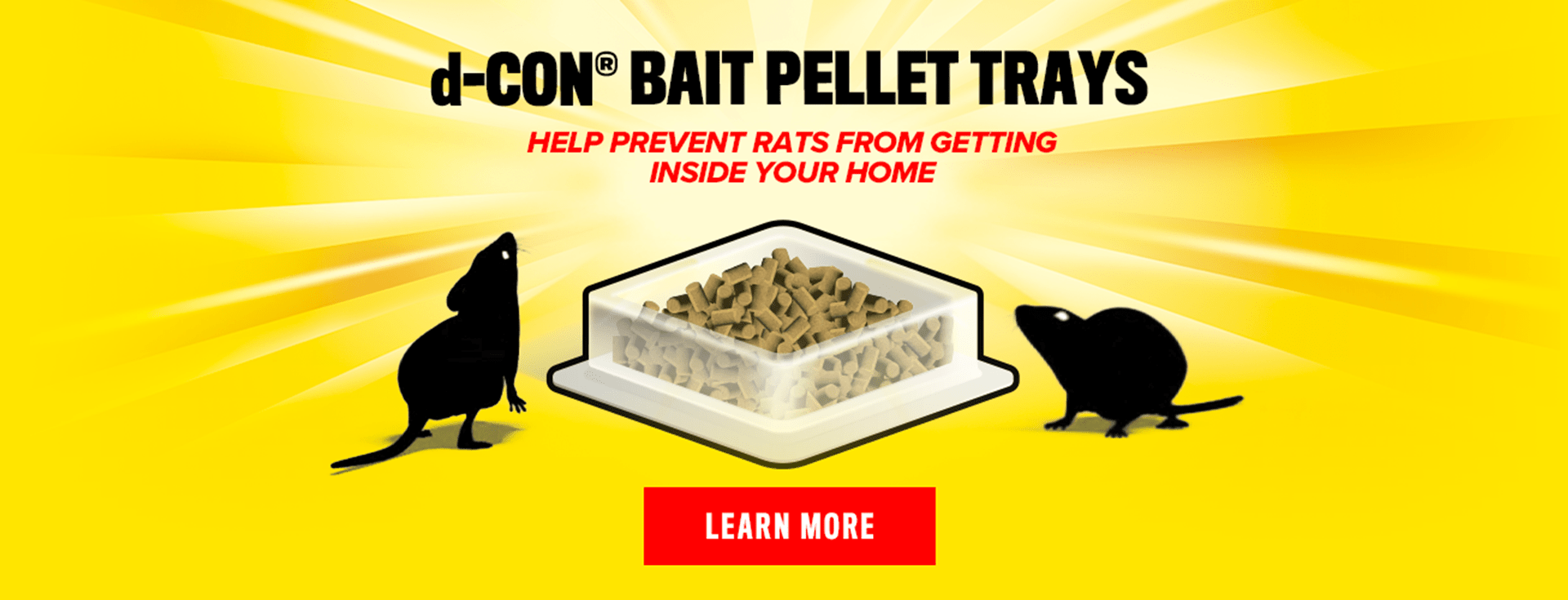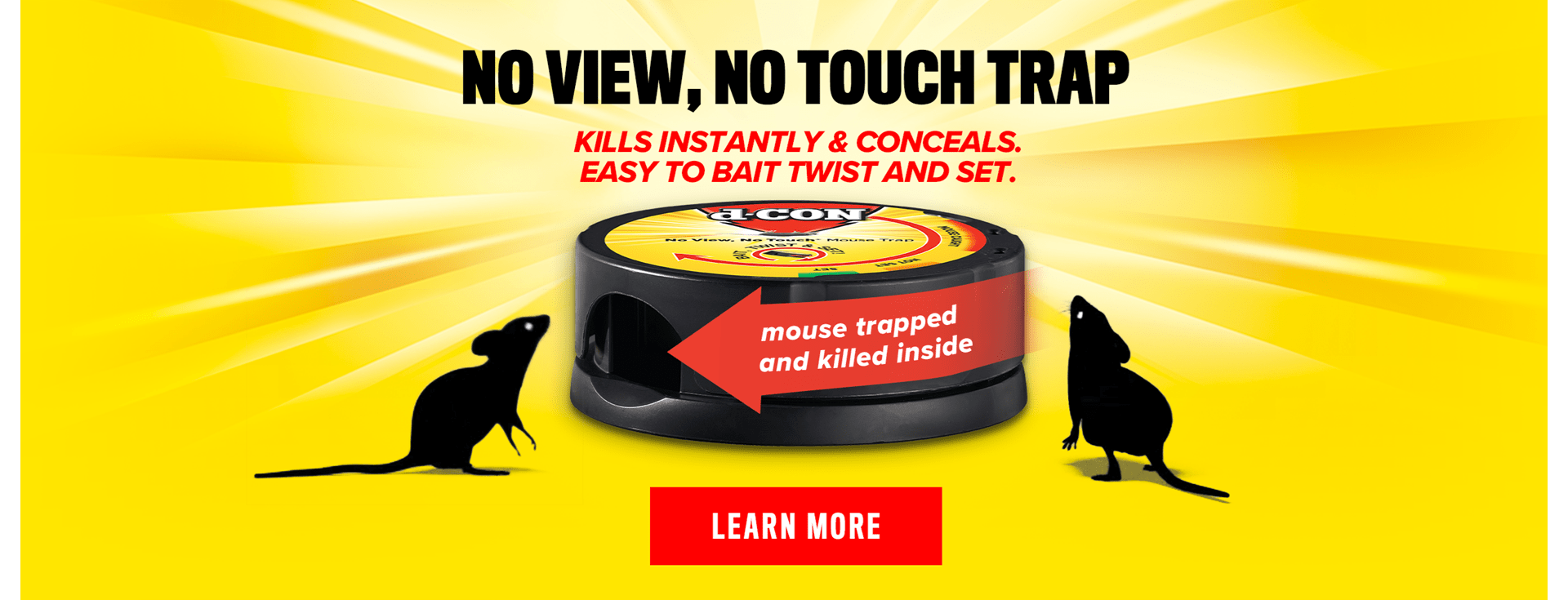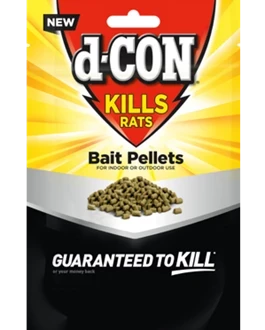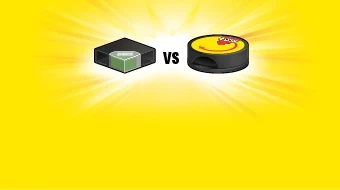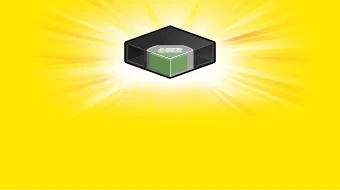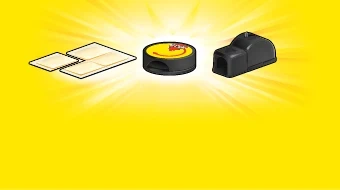The learning center
Frequently Asked Questions
WHAT ARE THE DIFFERENT KINDS OF RODENT CONTROL MEASURES?
The commercially available mouse and rat control products are effective and mostly falls into two categories; Baits (chemical method) and Traps (non-chemical). Baits are available in different shapes and sizes whereas widely used shapes are blocks which are to be used in a bait station. Baits should be used in low traffic, hard-to-reach areas such as basements, garages and attics. Baits are an ideal way to avoid contact with rodents. Once rodents eat bait, they leave the area and die outside. Baits are safe and highly effective if used according to directions. There are three types of key active chemical used in baits: 1) Acute: are the ones which acts instantly and results in mortality of rodent with in few hours. 2) Subacute: are the ones which results in mortality of rodent between 1-3 days 3) Chronic: are the ones which results in mortality of rodent in 4-10 days. The most widely commercially available products contains active chemicals from subacute (Vitamin D3 or Bromethalin) and chronic category (anticoagulants). Subacute chemicals have different mode of action e.g. Vitamin D3 cause hypercalcemia and Bromethalin is a neurotoxin. Whereas anticoagulants which falls under Chronic category, they prevent clotting of blood. Hence rodents die from internal bleeding or anemia. Traps are ideal for high traffic areas. Four types of traps are used commercially: 1) Snap traps, 2) Glue traps 3) Live traps and 4) Electric traps Snap traps are the traditional wooden design or covered traps, e.g. d-CON Ultra-Set covered traps, and they are baited with food like peanut butter, nuts or cheese. Snap traps are intended to be humanely lethal, but require disposal of a dead or injured rodent. These are used for multiple times. Glue traps contains nontoxic sticky glue. Rodents that walk onto glue trap become stuck in it. Glue traps rely on strategic placement along rodent runways and are thrown away once the rodent is caught. Glue traps are available in covered or uncovered form. These are mostly single use products. Live traps enable people to catch rodents and release them outdoors, rather than killing them. Live traps are usually used for catching mice and come in single or multi-animal designs. Electronic traps use electric current to kill the rodents. These can be used multiple times. For more information on how to use d-CON® products, you can watch the ""How to"" videos which will explain in detail the process for setting the baits. You can also find good information about rodent prevention in the Rodents 101 section.
WHAT ARE THE DIFFERENT KINDS OF BAIT PRODUCTS THAT D-CON® OFFERS?
d-CON® offers a full range of bait products to suit different usage situations. Baits are the perfect solution if you don't want to come in contact with a rodent. d-CON®offers pre-loaded disposable bait stations and refillable bait stations that provide a mess-free way to kill rodents in hard to reach places.
HOW DO I KNOW IF HAVE A RODENT IN MY HOME?
Rodents are nocturnal creatures by nature, which means they rarely surface during the daytime hours unless their environment is disrupted. However, there are some signs you can look for: Mouse droppings, black, typically small (about 1/8 of an inch long). Rat feces tend to be a bit larger. Evidence of recent gnawing, especially on packaged goods, cardboard boxes and areas around pipes, ducts and vents. Your dog or cat pawing excitedly at a kitchen cabinet, the base of your refrigerator or a wall. Scampering or gnawing sounds. Burrows or nests in the ground along the outside of buildings. Read more about the signs for rodent activity at d-CON Academy.
WHAT ARE THE BEST WAYS TO GET RID OF MICE?
d-CON® offers a wide variety of mice traps, however, the best way to get rid of mice depends on the individual situation. First, you must identify the type of rodent as well as the level of infestation. Determining where the noises or rodents are concentrated will eventually help you determine where to put the traps. Second, you must eliminate all entry points as well as the likely main source of the problem, feeding sites. Be sure that all food is stored in tight plastic or glass containers - this includes cereals, crackers, flour, sugar, etc. Trash cans should be shut tight and sealed and you should consider a thorough cleaning of your house or apartment in order to ensure nothing is forgotten. Last, is determining which type of rodent control solution to use. d-CON® offers a wide variety of effective rodent control solutions such as glue traps, No View, No Touch traps and bait stations. Place your traps and baits near any previously suspected entry points, as well as along baseboards in likely hiding spots. The best way to get rid of mice is to be extremely vigilant and always stay one step ahead.
